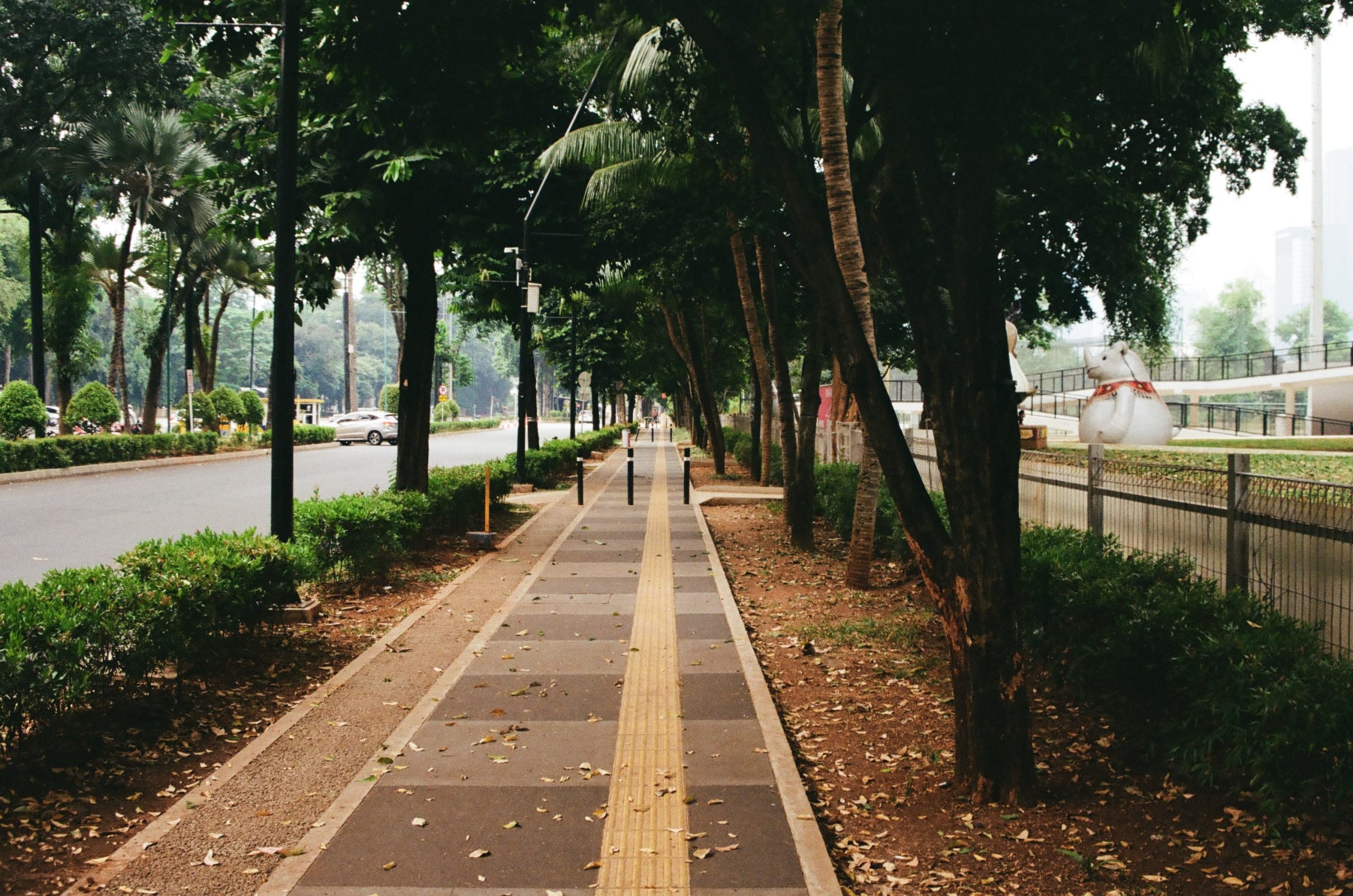
Street trees
Mandate

Summary
Trees provide cooling through evapotranspiration and shading that decreases temperatures along walkways. Increasing vegetation provides numerous co-benefits like reducing pollution; improving the public realm; and decreasing energy costs. A street tree requirement for new developments or rehabilitations will require private property owners, developers, and businesses to plant trees or provide long-term maintenance for trees in public areas adjacent to their site or property.
Implementation
Adopt requirements for tree plantings during construction of new or existing developments. This can include requirements for street tree plantings or on-site tree planting.
Considerations for Use
These requirements are most effective when imposed on new developments. Landscaping requirements may not be appropriate in areas with existing dense canopies, poor soil conditions, or limited precipitation. These stakeholders may play a critical role in providing long-term care and maintenance if the tree is in public right-of-way in front of their property
Overview
Climate:
Hot/Dry, Hot/Humid, TemperatePolicy Levers:
MandateMandates are government regulations that require stakeholders to meet standards through building codes, ordinances, zoning policies, or other regulatory tools.Trigger Points:
City planning processesIncludes city initiatives such as the development of climate action plan, pathway to zero-energy, master plan, transit plan, energy mapping etc.Introducing new or updated zoning/codesIncludes codes, zoning requirements or by-laws pertaining to urban planning and building construction activity.Intervention Types:
Green/natural InfrastructureSectors:
Parks, Public Works
Case Studies
Impact
Target Beneficiaries:
Heat-vulnerable communities, ResidentsPhase of Impact:
Risk reduction and mitigationMetrics:
Number of trees planted
Implementation
Intervention Scale:
SiteAuthority and Governance:
City governmentImplementation Timeline:
Short-term (1-2 Years)Implementation Stakeholders:
City governmentFunding Sources:
Public investmentCapacity to Act:
HighBenefits
Cost-Benefit:
LowPublic Good:
HighGHG Reduction:
MediumCo-benefits (Climate/Environmental):
Improve stormwater management, Preserve biodiversity, Provide flood protection, Reduce air and water pollution, Reduce greenhouse gas emissionsCo-benefits (Social/Economic):
Build social cohesion, Improve human health, Improve the public realm, Increase property values
